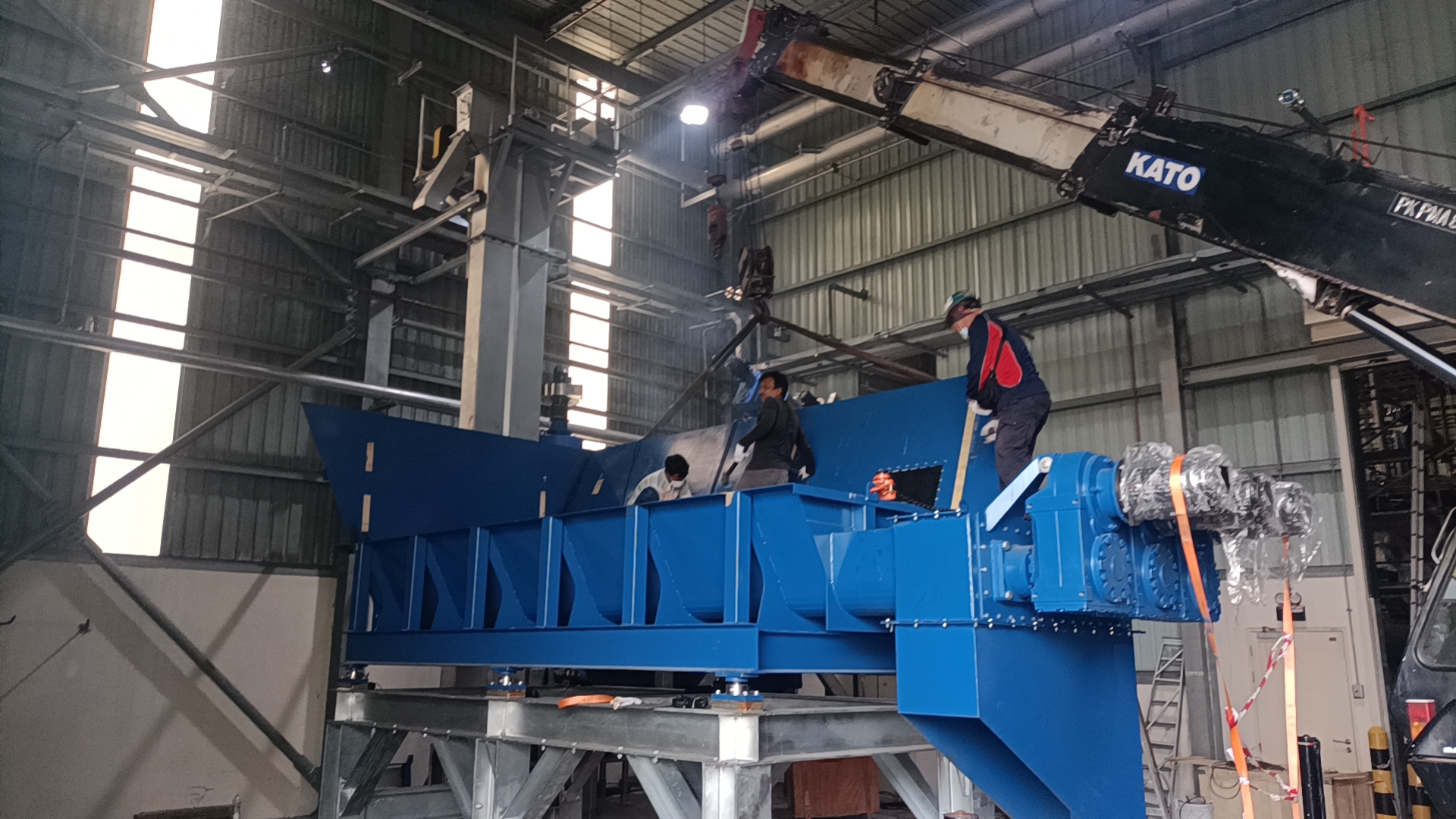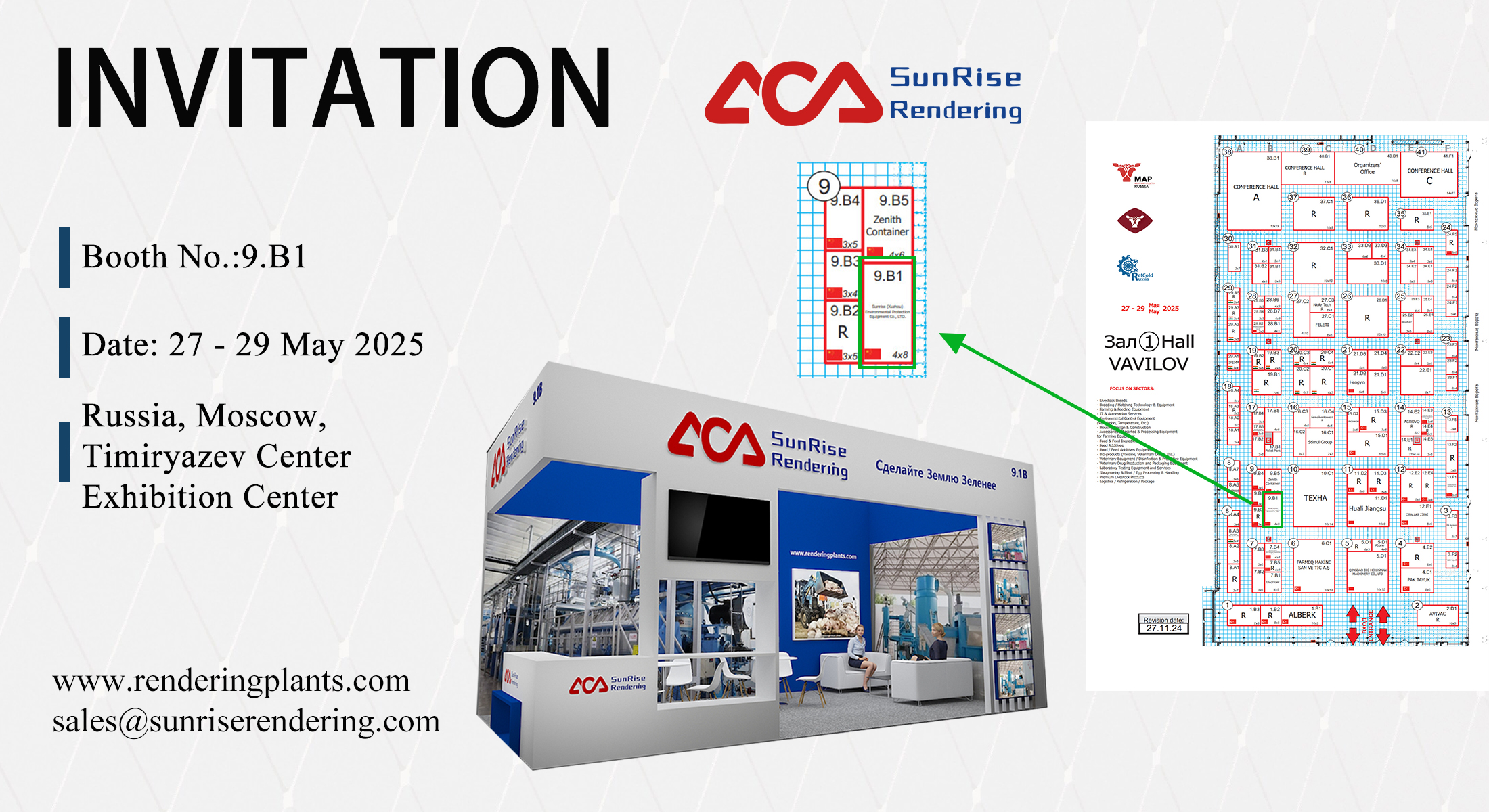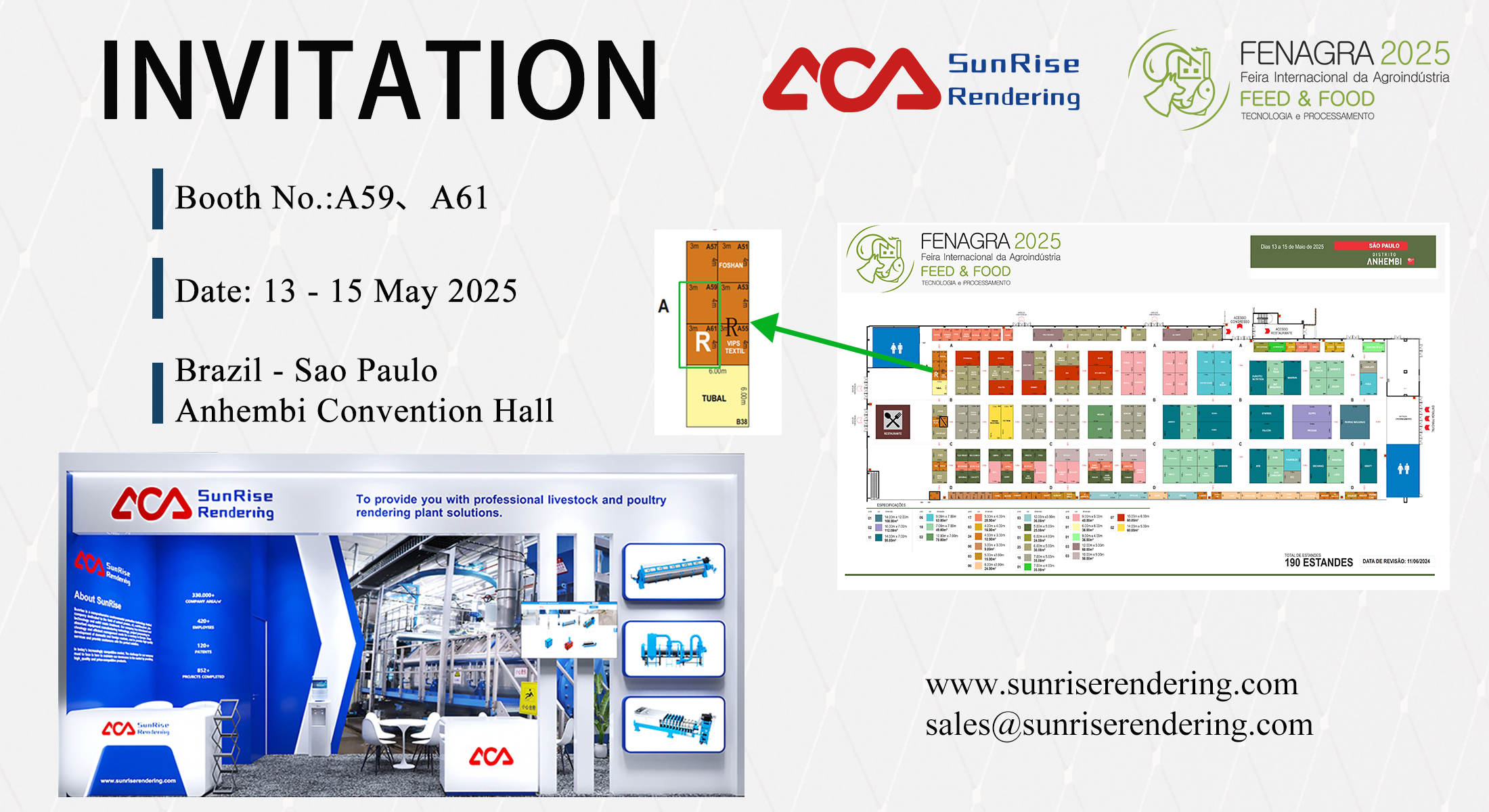
Scrubber System: A Comprehensive Guide to Understanding Its Functionality and Benefits
Scrubber System: A Comprehensive Guide to Understanding Its Functionality and Benefits
Scrubber systems are an essential part of many industrial processes, particularly in power generation and marine transportation. These systems remove pollutants and harmful chemicals from exhaust gases before they are released into the atmosphere. Scrubber systems are designed to reduce the environmental impact of industrial processes and improve air quality.

The use of scrubber systems has become increasingly important in recent years due to growing concerns about air pollution and its impact on human health and the environment. Scrubber systems can remove a wide range of pollutants, including sulfur dioxide, nitrogen oxides, particulate matter, and other harmful substances. They are also effective in reducing greenhouse gas emissions, making them an important tool in the fight against climate change.
Overall, scrubber systems are an important technology for reducing the environmental impact of industrial processes. They are an effective way to remove harmful pollutants from exhaust gases and improve air quality. As the world becomes more focused on reducing emissions and protecting the environment, the use of scrubber systems is likely to become even more widespread in the years ahead.
Scrubber System Overview

A scrubber system is an air pollution control device that removes pollutants from exhaust gas streams. Scrubbers are commonly used in industrial processes and power generation to reduce emissions of particulate matter, sulfur dioxide, and other harmful pollutants.
Types of Scrubber Systems
There are several types of scrubber systems, each with its own advantages and disadvantages. The most common types of scrubbers include:
- Wet Scrubbers: These scrubbers use a liquid to remove pollutants from the exhaust gas stream. The liquid absorbs the pollutants, which are then removed from the scrubber. Wet scrubbers are effective at removing particulate matter and sulfur dioxide, but they can be expensive to operate and maintain.
- Dry Scrubbers: These scrubbers use a dry sorbent to remove pollutants from the exhaust gas stream. The sorbent reacts with the pollutants to form a solid material, which is then removed from the scrubber. Dry scrubbers are effective at removing acid gases, but they can be less effective at removing particulate matter.
- Electrostatic Precipitators: These devices use an electrostatic charge to remove particulate matter from the exhaust gas stream. The charged particles are attracted to a collection plate, where they are removed from the gas stream. Electrostatic precipitators are effective at removing particulate matter, but they can be expensive to operate and maintain.
Components and Functionality
A scrubber system typically consists of several components, including:
- Inlet Ductwork: This is the ductwork that carries the exhaust gas stream into the scrubber.
- Scrubber Vessel: This is the vessel that contains the scrubbing media, such as liquid or sorbent.
- Mist Eliminator: This is a device that removes any liquid droplets from the exhaust gas stream before it exits the scrubber.
- Fan: This is the device that moves the exhaust gas stream through the scrubber.
The functionality of a scrubber system is relatively simple. The exhaust gas stream is introduced into the scrubber vessel, where it comes into contact with the scrubbing media. The pollutants are removed from the gas stream by the scrubbing media, and the cleaned gas stream is then discharged through the mist eliminator and out of the scrubber. The scrubbing media is periodically replaced or regenerated, depending on the type of scrubber system used.
Regulatory Compliance

Emission Standards
Scrubber systems have become increasingly popular as a means of reducing emissions from ships. The International Maritime Organization (IMO) has set strict limits on the amount of sulfur oxides (SOx) that ships can emit, and scrubber systems are one of the ways that ship owners can comply with these regulations.
The IMO’s regulations require ships to use fuel with a sulfur content of no more than 0.5% by weight, or to install a scrubber system that can reduce emissions to an equivalent level. Scrubber systems work by removing sulfur oxides and other pollutants from the ship’s exhaust gases before they are released into the atmosphere.
Ship owners must ensure that their scrubber systems meet the IMO’s requirements, which include testing and certification by a recognized organization. Failure to comply with these regulations can result in fines and other penalties.
Environmental Impact
While scrubber systems can help ships comply with emission standards, they do have an environmental impact. The discharge of washwater from scrubber systems can contain pollutants such as heavy metals and polycyclic aromatic hydrocarbons (PAHs).
To address these concerns, the IMO has developed guidelines for the discharge of washwater from scrubber systems. These guidelines require ship owners to monitor the quality of the washwater and to ensure that it meets certain standards before it is discharged.
In addition, some ports and coastal states have implemented their own regulations regarding the use of scrubber systems. For example, some ports prohibit the discharge of washwater from open-loop scrubber systems, while others require ships to use low-sulfur fuel instead.
Overall, while scrubber systems can help ships comply with emission standards, it is important for ship owners to be aware of their environmental impact and to take steps to minimize it.
Design Considerations

Material Selection
The selection of materials is an important consideration when designing a scrubber system. The materials used must be able to withstand the corrosive nature of the substances being removed from the gas stream. Common materials used for scrubber systems include stainless steel, fiberglass reinforced plastic (FRP), and polypropylene. Stainless steel is a popular choice due to its durability and resistance to corrosion. FRP is also a good choice as it is lightweight, strong, and resistant to corrosion. Polypropylene is a cost-effective option but may not be suitable for high-temperature applications.
System Capacity and Sizing
The capacity and sizing of a scrubber system depend on several factors, including the flow rate of the gas stream, the concentration of the pollutants, and the required efficiency of the system. It is important to properly size the scrubber to ensure that it can effectively remove the pollutants from the gas stream. Oversizing can result in increased capital and operating costs, while undersizing can lead to poor performance and increased emissions.
To determine the appropriate system capacity and sizing, a thorough analysis of the gas stream must be conducted. This includes measuring the flow rate, pollutant concentration, and other relevant parameters. The data collected can then be used to select the appropriate scrubber type and size.
In summary, material selection and system capacity and sizing are critical design considerations when designing a scrubber system. Proper selection and sizing can lead to improved performance, reduced emissions, and lower operating costs.
Installation and Implementation
Site Preparation
Before installing a scrubber system, it is important to prepare the site properly. This includes ensuring that there is enough space for the system, as well as making sure that the area is properly ventilated. The installation team will also need to have access to electricity and water, so it is important to ensure that these resources are available.
Once the site has been prepared, the installation team will begin to assemble the scrubber system. This will involve connecting the various components of the system, such as the scrubber tower, ductwork, and fan. The team will also need to install any necessary sensors and controls to ensure that the system operates efficiently.
Integration with Existing Systems
In many cases, a scrubber system will need to be integrated with existing systems, such as a boiler or furnace. This can be a complex process, as it requires ensuring that the scrubber system is compatible with the existing system, and that they can work together effectively.
To ensure that the integration process goes smoothly, it is important to work with experienced professionals who have a deep understanding of both the scrubber system and the existing system. They will be able to identify any potential issues and develop a plan to address them.
Overall, installing and implementing a scrubber system requires careful planning and attention to detail. By working with experienced professionals and ensuring that the site is properly prepared, it is possible to install a system that will effectively remove pollutants and protect the environment.
Operation of Scrubber Systems
Process Control
Scrubber systems, also known as gas scrubbers, are essential in many industrial processes to remove harmful pollutants from exhaust gas streams. The operation of scrubber systems is a complex process that involves several stages. The first stage is the absorption of pollutants into a liquid or solid medium, followed by the separation of the medium from the gas stream. The final stage involves the disposal or recycling of the separated medium.
To ensure efficient operation of scrubber systems, process control is critical. The process control system must be able to monitor and adjust the scrubber system parameters, including the flow rate, temperature, pressure, and pH level of the scrubbing medium. The control system must also be able to detect and respond to any system malfunctions or failures.
Maintenance Procedures
Regular maintenance of scrubber systems is essential to ensure optimal performance and prevent system failures. Maintenance procedures for scrubber systems typically include the inspection, cleaning, and replacement of system components such as nozzles, pumps, fans, and scrubbing media.
Inspection of the scrubber system should be performed regularly to identify any signs of wear or damage. Cleaning of the system components should be carried out to remove any accumulated debris or deposits that may affect system performance. Replacement of system components should be done as needed to ensure that the system operates at optimal efficiency.
In conclusion, the operation of scrubber systems requires careful process control and regular maintenance to ensure efficient and effective removal of pollutants from exhaust gas streams. Proper operation and maintenance of scrubber systems can help to reduce environmental impact and improve the overall efficiency of industrial processes.
Performance Monitoring
Efficiency Metrics
Efficiency metrics are used to evaluate the effectiveness of scrubber systems. The most commonly used metric is the sulfur dioxide removal efficiency, which is the ratio of the amount of sulfur dioxide removed by the scrubber to the amount of sulfur dioxide in the exhaust gas. Other metrics include the scrubber pressure drop, water consumption rate, and pH levels.
To ensure accurate efficiency metrics, it is important to calibrate the monitoring equipment and to collect data at regular intervals. The data should be analyzed to identify any trends or anomalies that may indicate a problem with the scrubber system.
Data Collection and Analysis
Data collection and analysis are critical components of performance monitoring. Scrubber systems should be equipped with sensors and monitoring equipment that can measure key parameters such as exhaust gas flow rate, sulfur dioxide concentration, and scrubber water flow rate.
The data collected should be analyzed to identify any areas where the scrubber system may be underperforming. For example, if the sulfur dioxide removal efficiency is consistently below the required level, it may indicate a problem with the scrubber design or operation.
Regular data analysis can also help identify opportunities for optimization. For example, if the scrubber pressure drop is consistently high, it may indicate that the scrubber is overdesigned and could be modified to reduce pressure drop and improve efficiency.
Overall, effective performance monitoring is essential for ensuring the proper operation and maintenance of scrubber systems. By collecting and analyzing data, operators can identify and address any issues that may impact the efficiency and effectiveness of the scrubber system.
Troubleshooting and Problem Solving
When it comes to scrubber systems, it’s important to be able to troubleshoot and solve any problems that may arise. Here are some common issues and their solutions:
Problem: Scrubber Not Removing Enough Pollutants
If the scrubber system is not effectively removing pollutants, there are a few things that could be causing the issue. First, check the scrubber liquid to make sure it’s at the proper pH level. If it’s too acidic or basic, it could be causing the scrubber to be less effective. Additionally, check the scrubber liquid flow rate to ensure it’s at the proper level. If it’s too low, the scrubber won’t be able to remove pollutants efficiently.
Problem: Scrubber Liquid Leaking
If the scrubber liquid is leaking, it could be due to a few different issues. First, check the liquid level to make sure it’s not overfilled. If it is, the liquid may be overflowing and causing leaks. Additionally, check the liquid lines and connections to ensure there are no cracks or leaks. If there are, the lines or connections may need to be replaced.
Problem: High Pressure Drop
If the scrubber system is experiencing high pressure drop, it could be due to a few different factors. First, check the scrubber packing to ensure it’s not clogged with pollutants. If it is, the packing may need to be replaced. Additionally, check the scrubber liquid flow rate to ensure it’s at the proper level. If it’s too high, it could be causing the pressure drop.
Overall, being able to troubleshoot and solve problems with scrubber systems is crucial for maintaining their effectiveness and efficiency. By addressing issues promptly and effectively, operators can ensure their scrubber systems are operating at peak performance.
Advancements in Scrubber Technology
Innovative Designs
Scrubber technology has come a long way in recent years, with innovative designs that improve efficiency and reduce costs. One such design is the hybrid scrubber system, which combines open-loop and closed-loop technologies to optimize performance. This design allows ships to operate in both open and closed waters without compromising on efficiency or environmental impact.
Another innovative design is the inline scrubber system, which eliminates the need for a separate scrubber tower. This design is compact and lightweight, making it ideal for use on smaller vessels. It also reduces installation time and costs, making it a cost-effective solution for ship owners.
Emerging Technologies
In addition to innovative designs, emerging technologies are also being developed to improve scrubber performance. One such technology is the use of artificial intelligence (AI) to optimize scrubber operation. AI algorithms can analyze data in real-time to adjust scrubber settings and improve efficiency. This technology is still in the early stages of development but shows great promise for the future.
Another emerging technology is the use of nanotechnology in scrubber systems. Nanoparticles can be used to improve the absorption capacity of scrubber systems, reducing the size and weight of the scrubber tower. This technology is still in the experimental phase, but early results are promising.
Overall, advancements in scrubber technology are improving efficiency, reducing costs, and minimizing environmental impact. As technology continues to evolve, we can expect to see even more innovative designs and emerging technologies in the future.



